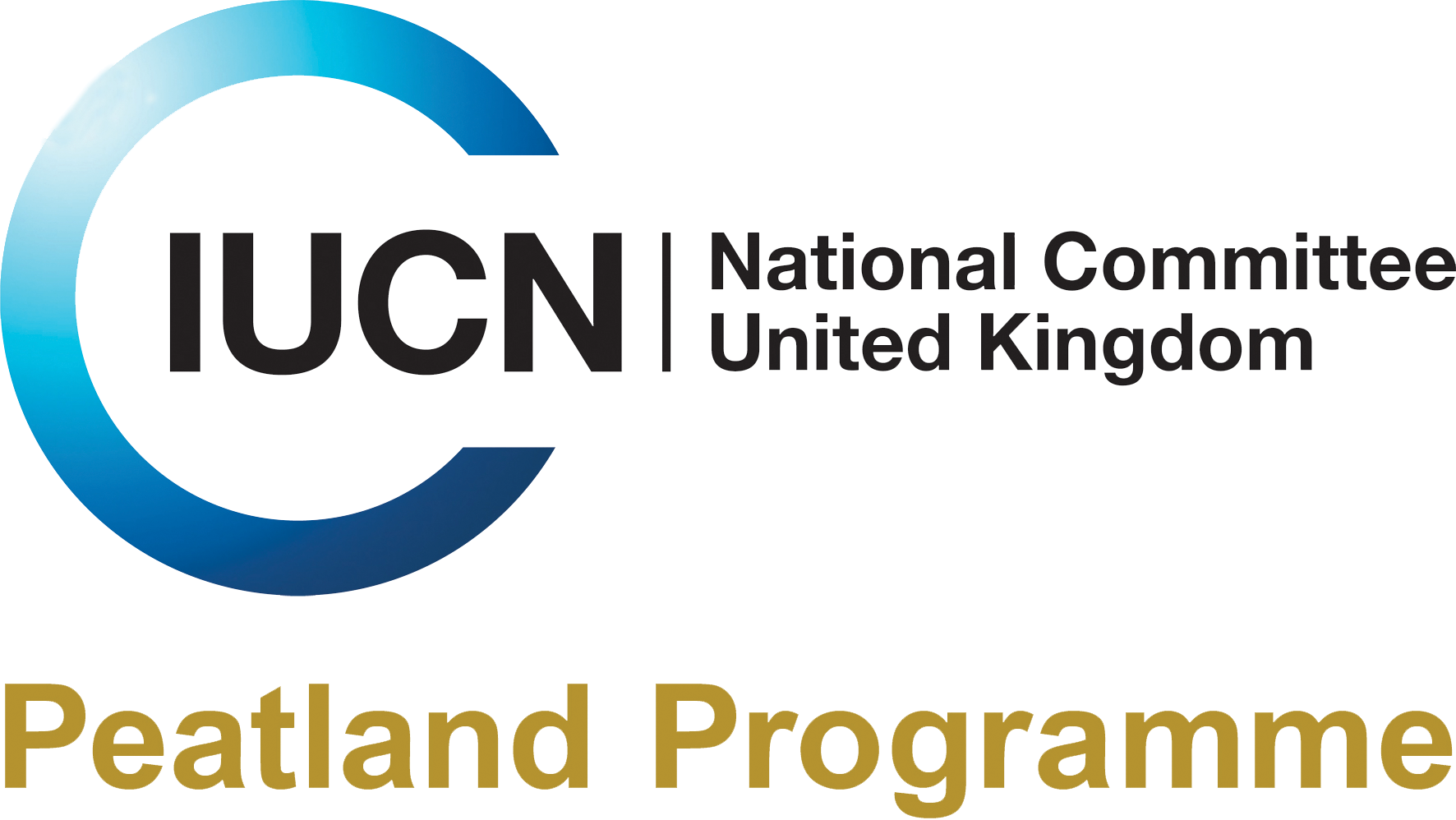One of the most important lessons learned from the wide range of peatland restoration activity over the last decade is the need for lasting local and national partnerships along with long term funding. If we want peatlands to be restored and managed sustainably for the benefit of society we can’t just throw money at them and walk away. Building a long term support structure in terms of both funding and expertise for peatlands across the UK is one of the main goals of an exciting new bid for funding under the EU LIFE Integrated Projects programme.
“It is clear from dealing with all those involved that if we truly want to invest in our peatlands and ensure they provide lasting benefits for society we have to take a much longer term approach to funding, staff support and monitoring”
The recent winter floods have seen considerable interest in peatland restoration from farmers and other land managers recognising the downstream consequences of having damaged peatlands at the head of the catchment. The launch of the Peatland Code as a mechanism to provide standards and encourage private funding alongside government grants is also starting to get attention. One of the biggest hurdles however is getting to the next stage where land managers commit to restoration activity. The key factors being ready access to advice on the work to be done, assurances on the financial implications to avoid being left ‘out of pocket’ and support in commissioning the restoration activity. Tackling these issues head on has been the role of the partnership projects, such as those in Exmoor, Mid Wales, Yorkshire, the Peak District, the Pennines and the Flow Country, that have been vital to the success of major landscape scale peatland restoration across the UK.
In our national and global Demonstrating Success reports we showcased the partnership initiatives as excellent examples of the ecosystem approach. More recently the Peatland ACTION initiative managed by Scottish Natural Heritage has seen huge success in building land manager support and delivering restoration work including landscape scale initiatives in areas such as the Cairngorms National Park. All of this success however is vulnerable to the short term nature of funding for peatlands. Doubts over funds as projects come to the end of their grant cycle can put off land managers and risk losing momentum in building support among stakeholders. Even the five year schemes under Common Agriculture Policy (CAP) are seen by land managers as inflexible and too short term to give confidence that embarking on peatland restoration is worthwhile.
Short term funding makes it difficult to retain expertise among peatland staff. Boom-bust cycles of funding can also undo the local economic benefits arising from peatland restoration including losing skilled contractors, some having invested heavily in new equipment.
Monitoring and survey to fully assess the impacts of our restoration work on biodiversity, climate and water also need long term commitment. Three year research projects all too often just provide tantalising glimpses or at worse, perverse conclusions, in an ecosystem that takes time to recover from centuries of damage. More strategic approaches to monitoring and survey can also provide cost savings if managed properly.
Alongside the various local partnerships, there is a crucial role for strategic national groups working to national peatland plans. It is encouraging to see this overarching policy being developed across the UK devolved administrations and there is strong support among the peatland community for an umbrella body, funded to maintain focus, promote peatlands, deliver advice and enable exchange of experience in the way that the IUCN UK Peatland Programme has offered over the years.
Our work in marketing of the Peatland Code builds on the Commission of Inquiry on Peatlands recommendation for one million hectares to be good condition or under conservation management by 2020. Potential business funders are looking for strong environmental outcomes and a lasting legacy in return for their investment. By all accounts the funding is there if we can just demonstrate we have the right structures in place to ensure that legacy.
The EU LIFE IP bid provides an opportunity for a 10 year programme of work to embrace this activity, drawing on a combination of public and private funds. The legacy of this work would be a lasting formal structure to oversee peatland conservation and restoration in the UK, working through devolved administrations to ensure ongoing action, maintain a strong partnership, build sound science, share experience and monitor progress.
Clifton Bain, former IUCN UK PP Director
For more details on the EU LIFE IP bid please email: emma.hinchliffe@iucn.org.uk
